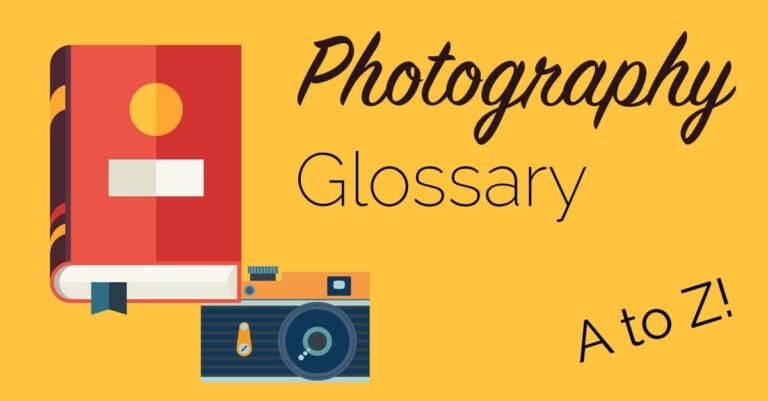PC Card
What Is a PC Card and How Is It Used in Photography? A PC Card or ‘Printed Circuitboard Card’ is a credit card sized card which can be used to expand the available memory or storage space in a digital device such as a computer. When talking about photography PC Cards could be used in a number of ways. If your computer has PC Card slots then you could use PC Cards to add extra storage space to your device, this could then be used to store your photographs. You could also use a PC card to move photographs between …

